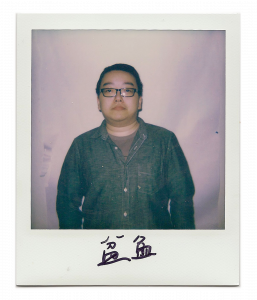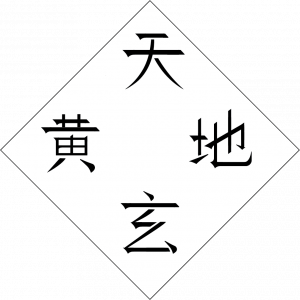Qunneiform

Abstract:
Our languages are part of our organs. We use them in the same way we use our eyes, mouths, ears and noses. They are our organs to interact with the external world. We use them to broadcast our ideas as well as collect ideas from each other.
We are what we read;
we are what we write;
we are what we hear;
and we are what we speak.

I spent the first 18 years in my life in China. Due to education policy in my region. I begun to learn English since I was 5. I had known about alphabets earlier than I learned about most of Chinese characters I’m now using in my daily life. And now I’m here learning and living with
English. Clearly, English and Chinese are both ‘my’ languages. This bilingual experience pushed me to my thesis: Qunneiform, a typeface works on both Chinese and English glyphs with an unified design.
The Qunneiform is not a typeface designed to be used. It is more like a selfie I took for the language I’m using. It is not finished now. And as long as I’m still thinking, it will never be finished.
Artist Statement:
I’m not a traditional visual designer. Actually, I’ve just become a visual designer very recently. I spent half of my college time on computer science and this experience finally led me to who I am. I have to admit that my experience as a programmer did not help me technically as a visual designer. But playing with codes and different platforms encourages me to try new technologies and ideas.
I’m not keen on playing with color schemes nor dealing with figure ground relationships. Instead, I prefer to trying to invite the audiences into my works, to interact with my audiences. Sometimes my works are not perfect in an aesthetics way but I’m happy to hear people saying that my works are ‘clever’.
To illustrate means to communicate and share ideas. As a non-native speaker I do believe I have plenty of ideas to share with you.
Preview of Work:
![]()
